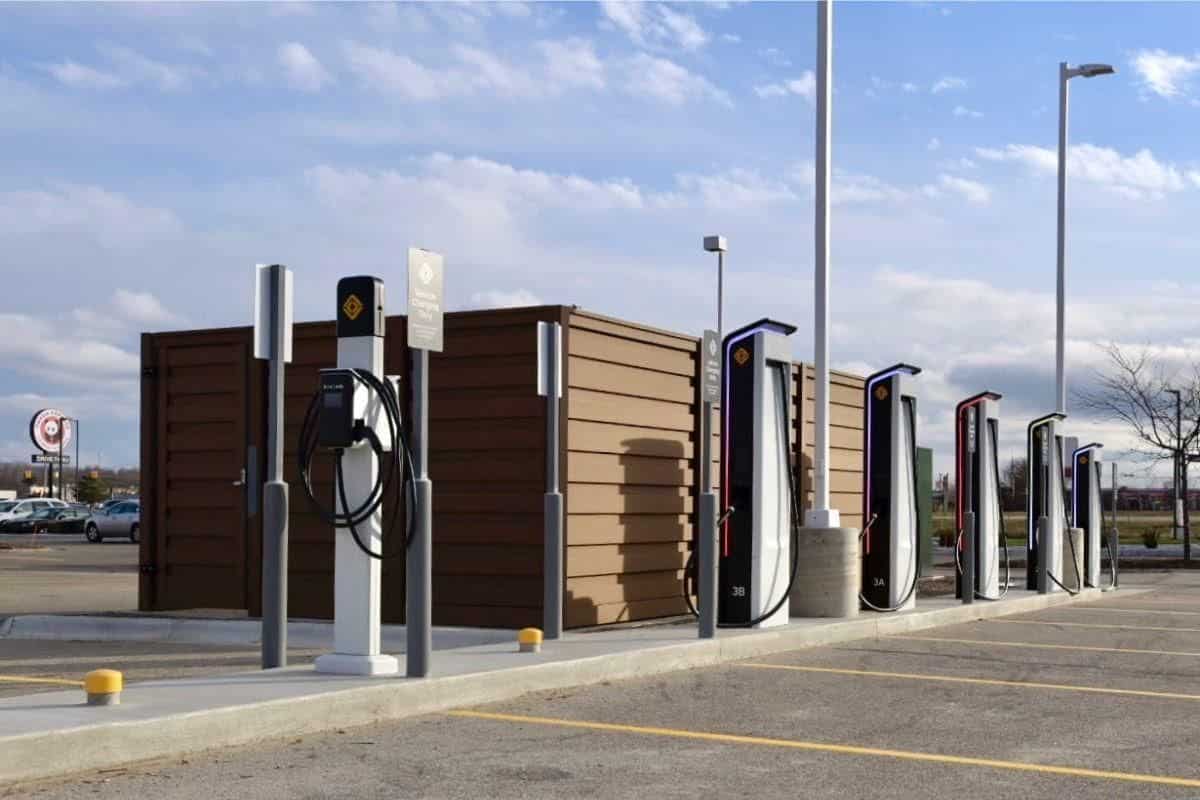Trump Administration Unfreezes $5 Billion EV Charger Program

After months of delay, the Trump administration has finally released new rules allowing states to access $5 billion in federal funding for electric vehicle charging stations. The money comes from the National Electric Vehicle Infrastructure (NEVI) program, part of the Bipartisan Infrastructure Law, and had been on hold since the start of Trump’s second term.
A group of states sued over the freeze, arguing the funding was already approved by Congress. In June, a judge sided with them, issuing an injunction that forced the administration to release the money.
The Department of Transportation has pointed fingers at states for moving too slowly. As of May, roughly 84 percent of the $5 billion was still unspent and only a few dozen chargers had been built. The DOT said the pause was part of a “review process” to make sure the program aligned with the administration’s priorities.
Those priorities are now clear. The updated guidance strips away many of the original requirements for NEVI projects. States no longer need to include consumer protections, emergency evacuation plans, environmental siting reviews, or guarantees that a percentage of chargers be placed in rural or underserved communities. Rules around strong labor standards, safety training, and participation from minority- and women-owned businesses have also been removed.
Rivian has already stepped into the NEVI program. In December 2024, Michigan opened its first NEVI-funded fast charging station in Lansing, built as part of the Rivian Adventure Network. The site includes six DC fast chargers and is open to all EV drivers, not just Rivian owners. This meets the NEVI requirement for universal access. The station is powered entirely by renewable energy, in line with Rivian’s environmental goals.
While the new guidance could make it easier and faster to get chargers built, it also removes many protections and equity measures. That trade-off is likely to spark debate as more NEVI-funded projects, including Rivian’s, start rolling out across the country.

yes, why should we build dc fast charging in the rural areas with the largest charging gaps.
Doh.
So more chargers on top of existing chargers. Saturate the market! /s